Retro Replay Review
Gameplay
Next Life unfolds as a classic point-and-click adventure, where every corner of the island conceals a new mystery to unravel. Using a simple mouse-driven interface, you guide Adam’s exploration, inspect intriguing objects and piece together clues that unlock deeper layers of the game world. The inventory system is intuitive—dragging and combining items to solve puzzles feels natural, even when the solutions grow delightfully obscure.
Beyond inventory-based riddles, Next Life throws in arcade-style reflex challenges that break up the slower investigation pace. Whether dodging hazards or timing a crucial leap, these sections require quick thinking and add a surprising dash of adrenaline. Although they can catch you off guard, the learning curve is fair, and each success delivers a satisfying sense of achievement.
Puzzles are woven tightly into the narrative, often requiring you to revisit conversations with fellow souls on the island after uncovering new evidence. This dynamic dialogue system keeps you engaged in the world, because every discovery yields fresh lines of questioning—or sometimes dead ends that force you to rethink your approach. Backtracking is kept to a minimum by clear visual cues, ensuring the focus remains on solving the next enigma rather than retracing old steps.
Graphics
Next Life was built on the AGDS engine version 3, and it shows in the crisp, hand-painted backgrounds and expressive character portraits. Each location on the island is richly detailed, from mist-shrouded shorelines to the eerie glow of an abandoned chapel. The color palette shifts subtly as you move through different zones, reflecting the game’s ever-changing mood—from tranquil serenity to unsettling dread.
Character sprites are animated with care; small gestures—a tilt of the head, a flicker of frustration—breathe life into Adam and the other residents of this purgatorial realm. While the engine doesn’t support full 3D models, it makes up for this limitation with clever layering and parallax effects that give each scene depth. Transitions between areas are smooth, and loading times are kept to a minimum, helping maintain immersion.
The sound design complements the visuals perfectly, with ambient noises like crashing waves, rustling leaves or distant thunder reinforcing the island’s isolation. Musical cues are used sparingly, but effectively—they swell at moments of discovery and recede during tense puzzle sequences. Overall, the audiovisual presentation enhances the haunting atmosphere without ever feeling overwhelming.
Story
At the heart of Next Life is Adam Raichl’s harrowing tale: a 23-year-old whose life ended in a fiery accident, only to awaken on a mysterious island alongside others who share his fate. From the moment he opens his eyes, questions abound: Is this a dream, an afterlife or a twisted experiment? The narrative gradually peels back layers of mystery, inviting players to question not only Adam’s reality but their own assumptions about life and death.
Interactions with other characters are the game’s emotional core. Each NPC carries their own backstory—soldiers from past wars, victims of tragic mishaps, souls whose regrets still linger. Through branching dialogues and careful observation, you learn about their final moments and the unfinished business that binds them to this limbo. These personal vignettes transform the island from a mere puzzle hub into a tapestry of human stories.
The plot unfolds at a deliberate pace, balancing moments of quiet reflection with sudden revelations. As you gather pieces of Adam’s own past—photographs, letters, half-remembered dreams—the game asks deeper philosophical questions: Can the dead find redemption? Is memory the key to freedom? By weaving these themes into its puzzles and conversations, Next Life delivers a narrative that lingers long after you set down the mouse.
Although some players may find a handful of plot threads slightly underdeveloped, the overall journey remains compelling. The game resists easy answers, and even its ending leaves room for interpretation. For an adventure that starts with an accident and ends in ambiguity, Next Life achieves a rare balance between storytelling and interactivity.
Overall Experience
Next Life offers a refreshingly mature take on the adventure genre, blending thought-provoking narrative with engaging puzzle design. Whether you’re drawn to unraveling existential mysteries or simply enjoy methodical point-and-click exploration, the game delivers on multiple fronts. Its manageable length ensures that it never overstays its welcome, while still providing enough content to satisfy completionists.
The pacing is one of the game’s strongest assets. Puzzle difficulty ramps up steadily, giving newcomers time to acclimate before presenting truly brain-teasing challenges. The occasional reflex-based task keeps the rhythm varied, reminding you that limbo can be as unpredictable as life—or death—itself. Even in moments of frustration, solutions always feel fair, encouraging perseverance rather than trial-and-error slogging.
Visually and thematically, Next Life stands out among indie adventures. The AGDS engine’s capabilities are fully exploited to create an island that feels both inviting and uncanny. Combined with rich character interactions and a soundtrack that treads the line between serene and unsettling, the game achieves an atmosphere that stays with you. In sum, Next Life is an absorbing, well-crafted journey that will appeal to anyone seeking depth, challenge and a story worth pondering long after the credits roll.
 Retro Replay Retro Replay gaming reviews, news, emulation, geek stuff and more!
Retro Replay Retro Replay gaming reviews, news, emulation, geek stuff and more!

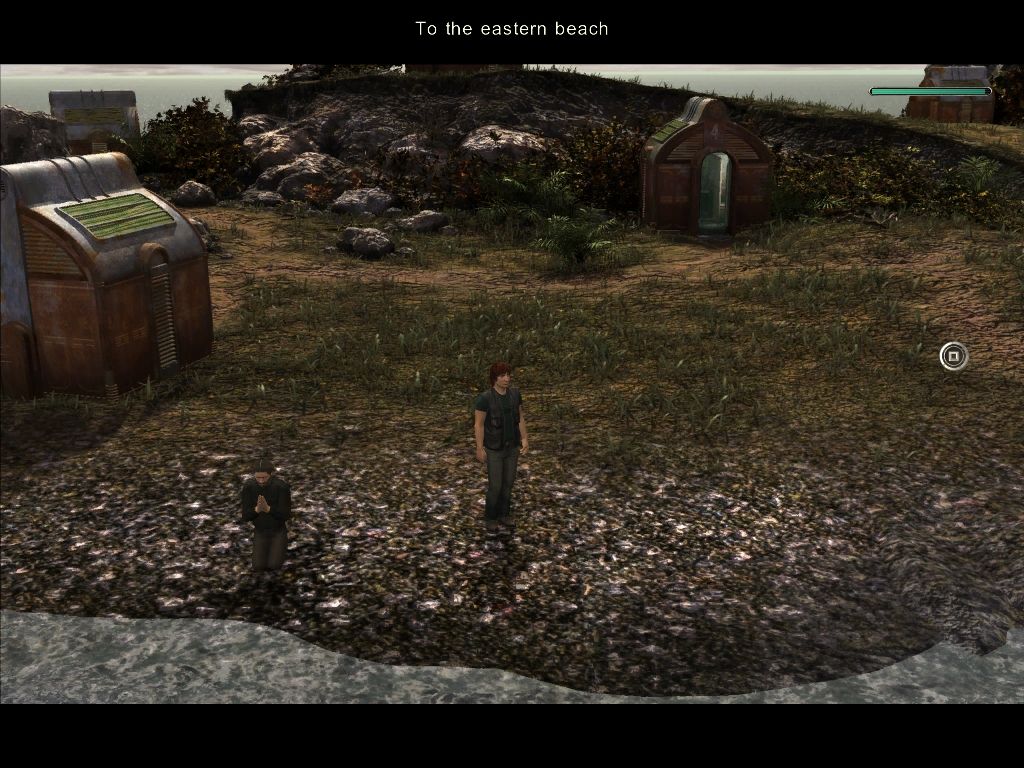

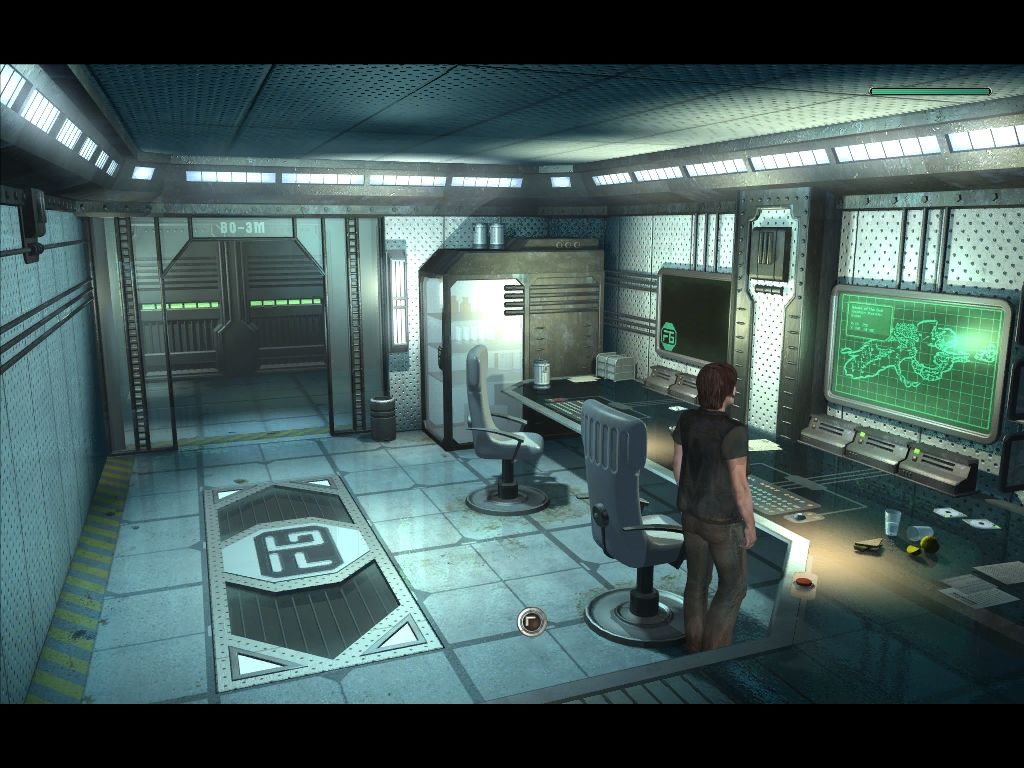
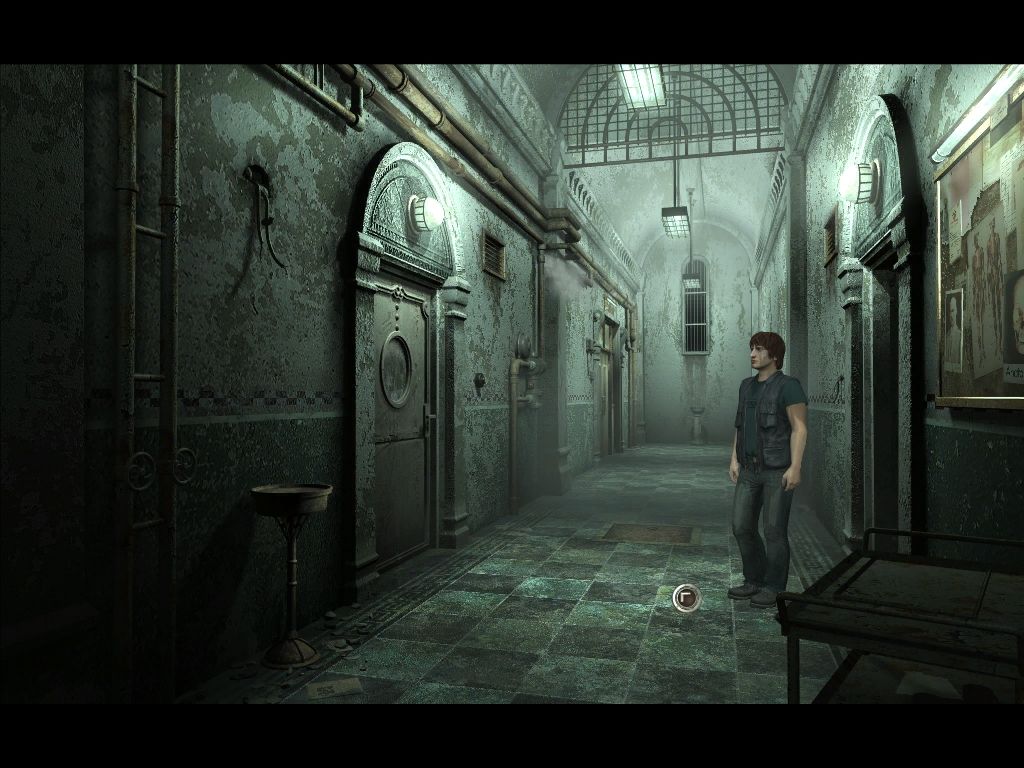
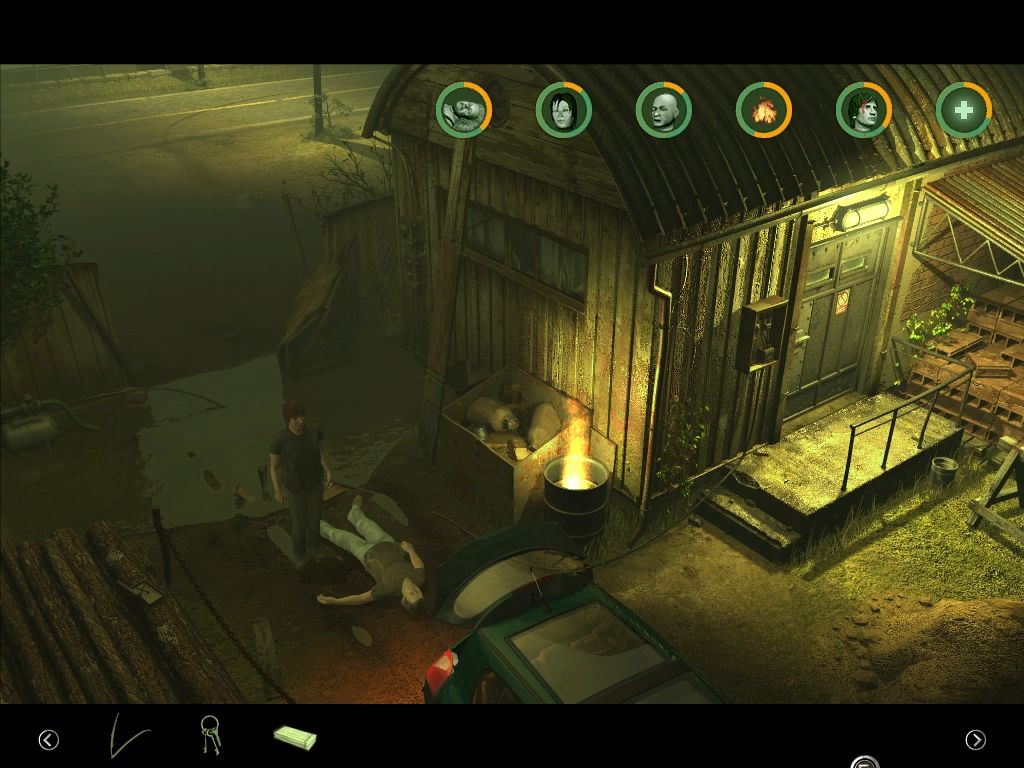

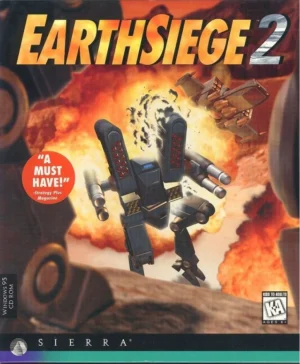

Reviews
There are no reviews yet.